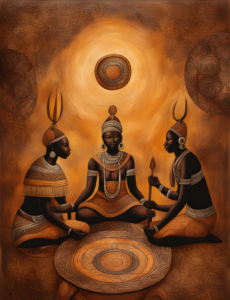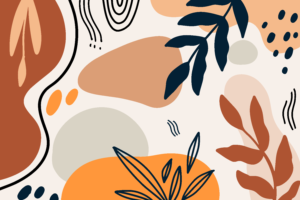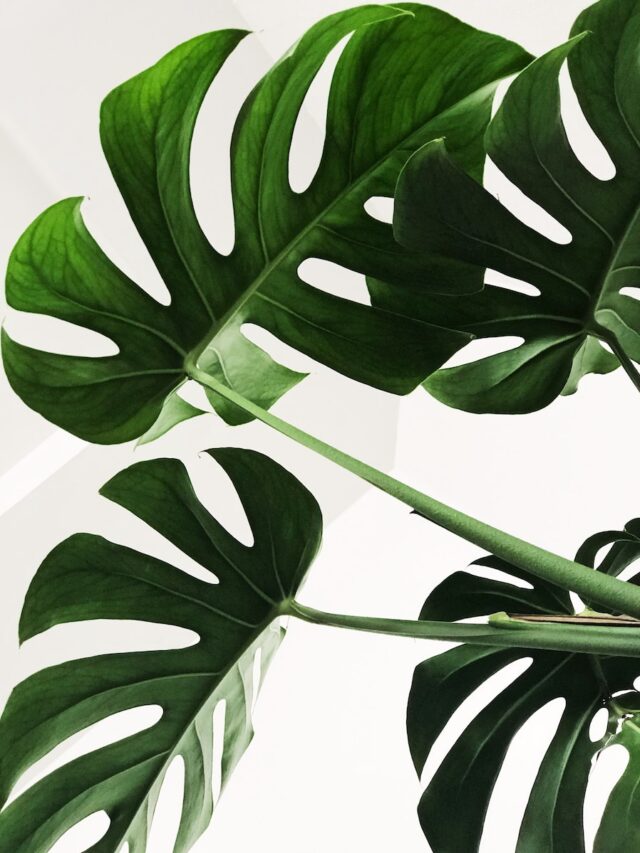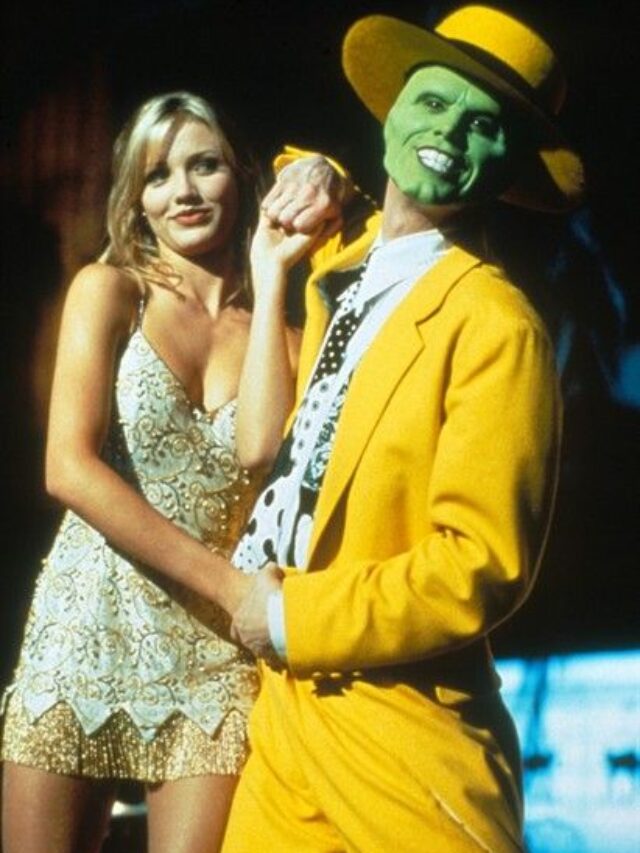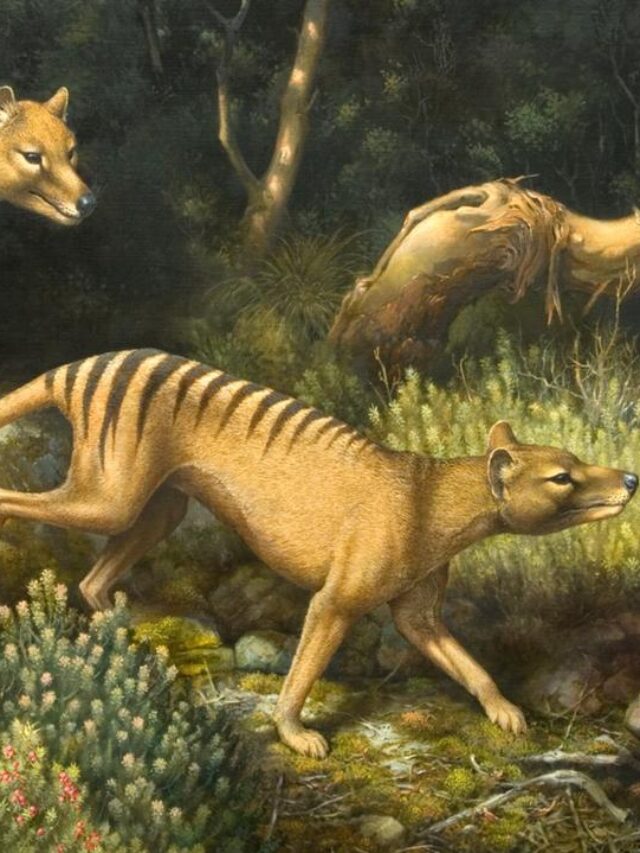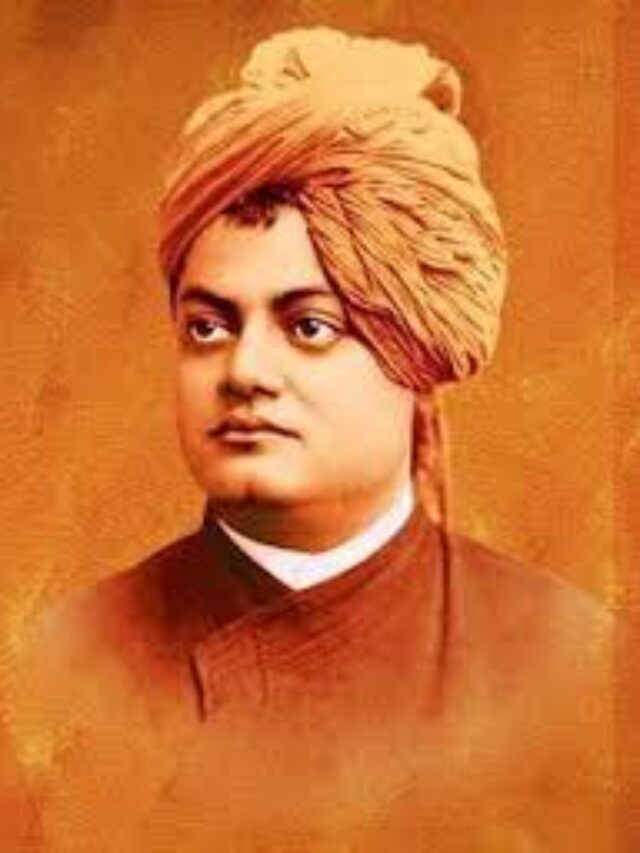Pran Nath Mago | Biography | Life | Artworks
 |
| Pran Nath Mago |
A painter, designer, art educationist, and art critic, Mago retired as a professor in fine arts from the college of art, New Delhi, in 1981. According to P. R. Ramachandra Rao, in his book on “Modern Indian Painting” (1953).
“The art of Pran Nath Mago shows continues development, despite his preoccupation with his environment, his painting have an abiding, elemental qualities beyond their contextual references….the organization of intuitive forms into evocative patterns of structural verve are all his own; his fine, decorative sense is wholly devoid of mawkishness…his rhythmic “mourners” is a figurative composition of extreme sensibility; the architectural group of Twin Mourners effectively sustain the disconsolate subjects of their compassion in the center of the piece”.
Dr. C. L. Fabri, the eminent art critic, remarked in “The statesman”, March 1958, “Pran Nath Mago hangs two designs which he made for mural commemorating ‘Jallianwala Bagh’. Their excellence springs instantly to the eye”.
Dr. Mulk Raj Aanand wrote in “Marg” March 1957, “If the personality is demonstrated through his art, Mago’s work evinces a meticulous mind, keen and alive to precise tonal balance and leaner rhythm…his paint applied so heavily that the shadows of it sometimes functions in place of line.
His landscapes, particularly as figures in landscape, shows his works at its best. Here is heavy paint texture, which with European Impressionist, are a matter of urgency and impetuosity, are, with this artist, a carefully cultivated style”.
A renowned art critic A.S. Raman, in an article on Indian Art, published in ‘Studio’, London (March 1956) wrote “Mago once used to effect nervous modernity in the manner of Van Gogh…but soon he discarded it and evolved an individual idiom.
He has since painted some highly inspired landscapes and figure, compositions in which the stress is on stark simplification of form. Through his landscape may look stylized, they have a moment and atmosphere of their own”.
Deeply influenced by Indian miniature painting, his work is traditional yet contemporary in style and treatment. In his earlier work, Mago has suffused his compositions with his emotional outbursts; in later works, he seems to have risen above all this to find solace in nature.
He has given a sensibility and expression to his forms, all the while retaining the structural quality of miniature style-a most powerful element of his creativity.
From 1956 to 1969, Mago also successfully endeavored to promote contemporary design sensibility and functional significance in crafts as the Director, Design Development Center, All India handicrafts Board, New Delhi.
Books:



